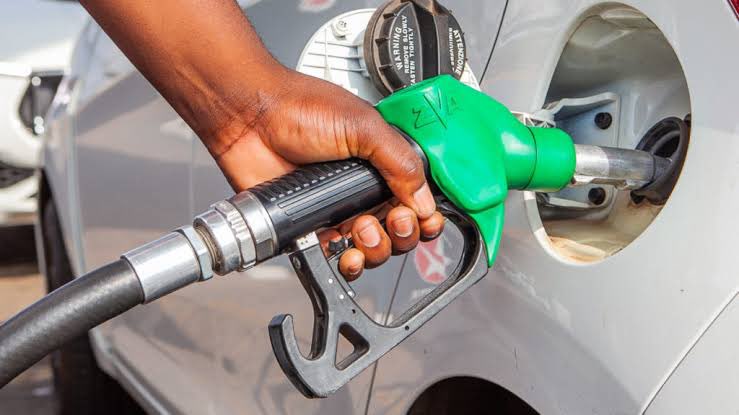Nigerians spent about N1.3 trillion on petrol in June, according to the latest consumption data released by the Nigerian Midstream and Downstream Petroleum Regulatory Authority (NMDPRA).
The report showed that 1.44 billion litres of petrol were distributed nationwide within the period, with Lagos, Ogun, and the Federal Capital Territory (FCT) topping the list of consumers.
Lagos led with 205.7 million litres valued at N185.1 billion, followed by Ogun, which consumed 88.7 million litres worth N79.8 billion, while the FCT received 77.5 million litres valued at N69.8 billion. Oyo State recorded 72.8 million litres, amounting to N65.5 billion.
At the lower end, Jigawa had the smallest allocation with 9.4 million litres (N8.5 billion), followed by Ebonyi (10.5 million litres, N9.5 billion), Yobe (11.7 million litres, N10.5 billion), and Bayelsa (11.9 million litres, N10.7 billion).
Regional Breakdown
South-West: Led consumption with 452.9 million litres worth N407.7 billion. Aside from Lagos, Ogun, and Oyo, Osun received 35.5m litres (N31.9bn), Ondo 35.1m litres (N31.5bn), and Ekiti 15.3m litres (N13.7bn).
North-Central: Consumed 247.4 million litres valued at N222.4 billion. The FCT topped with 77.5m litres (N69.8bn), followed by Niger (40.7m litres, N36.6bn) and Kwara (34.8m litres, N31.3bn).
North-West: Recorded 230 million litres valued at N207 billion. Kano led with N61.4bn, followed by Kaduna (N38.8bn) and Sokoto (N33.3bn). Jigawa was lowest at N8.5bn.
South-South: Consumed 224.9 million litres worth N202.9 billion. Delta led with N61.6bn, Rivers N40.1bn, and Edo N38.8bn. Bayelsa was lowest at N10.7bn.
North-East: Accounted for 152.8 million litres valued at N137.5 billion. Adamawa topped with N51.2bn, while Yobe was lowest with N10.5bn.
South-East: Recorded the lowest nationwide, consuming 132.7 million litres worth N119.6 billion. Anambra led with N36.5bn, followed by Imo (N27.6bn) and Enugu (N24.7bn). Ebonyi was lowest with N9.5bn.
The data highlights the sharp regional differences in petrol demand, largely driven by population density, industrial activity, and dependence on generators due to unstable power supply.




